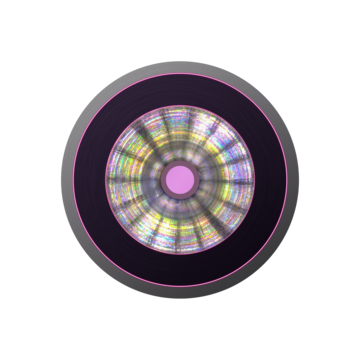Anti-Reflective (AR) Fiber Tips
The fiber ends are equipped with AR coatings to avoid disruptive reflections (physically always 4% on the fiber/air boundary). All desired wavelengths, such as, for example, 532 nm, 808 nm, 980 nm, 1064 nm, 1310 nm, 1480 nm, and 1550 nm can be implemented.
The coatings are available as single AR coatings (anti-reflection for a single wavelength), dual AR coatings (anti-reflection for two wavelengths), or broadband AR coatings (anti-reflection for a wide wavelength range).
Coated fiber optical cables are used in power transmission, medical technology, and material processing.
In principle, all fiber types can be equipped with an AR coating, if all the materials used are suitable for use in a high-vacuum environment and do not outgas.
Metallized Pigtails
Metallized pigtails are available for the hermetically sealed assembly of optical fibers in metal housings. The fibers are coated with a nickel / gold layer and can therefore be directly soldered into metal housings and feedthroughs. Any quartz fiber can be metallized. Some of the typical layer thicknesses are as follows: <1 µm for the nickel layer and 0.5 – 1.0 µm for the gold layer on top. The metallization lengths are between 3 and 40 mm.
The gold layer can be applied with tight tolerances and sticks very tightly to the fiber. Coated and soldered 125-µm fibers withstand, for example, pulling forces of more than 10 N.
Applications are extremely multifaceted. A few examples include:
- Laser diodes in the field of telecommunications
- External modulators
- Pump laser diodes
- High power arrays
- Fiber optical sensors for harsh environmental conditions
Contact










